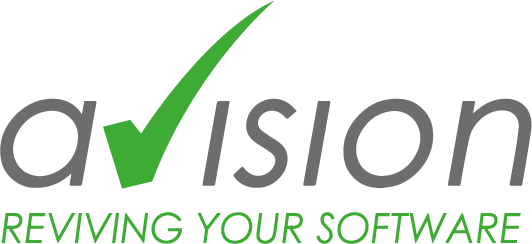Source code like cabbage and turnips, incomprehensible comments and no overview of the dependencies used: without standards and structure in programming, chaos quickly breaks out. IT service provider Avision shows how order can be restored in just four steps.
Developers have their own programming styles, prefer different approaches and use components that they trust. If all of these points come together in collaborative projects, the worst-case scenario quickly looms: code that is not only inconsistent and difficult to read, but may also contain tools or libraries that require a license – without being documented anywhere. The IT service provider Avision shows which four tips developers can use to keep control of their code:
Define code guidelines
Structured and standardized code starts before the first line. Teams should work out in advance how they want to apply line breaks, variable names, comments, brackets and other formalities consistently. These guidelines serve as a common basis that all participants can refer to in case of doubt. Ideally, these code guidelines should be stored in a code quality tool, such as SonarQube.
Create whitelist
Whether libraries, programming languages, frameworks or other tools – a list of technologies drawn up before the start of a project provides clarity as to what the developers can use. The decisions made here are not set in stone; rather, the team must check that they are up to date and adapt them to the requirements of the project if necessary. At this point, license conditions should be checked carefully, as some of them only allow free private use or contain unwanted copyleft mechanisms.
Perform code reviews
Communication wins, even when programming. Whether in pairs or in a group, working together on code ensures a direct exchange of knowledge between team members and avoids the hurdles of remote communication – such as misinterpreted emails or poor availability. Joint participation in workshops, courses and trade fairs can also create a broad common basis.
Use tools
Defining code guidelines and standards for the next project is the first step, but monitoring compliance is just as important. As a manual check would often go beyond the scope of the project, tools such as SonarQube are available for this purpose. But other tools can also save time and money, such as the automatic listing of all libraries used in the code with Dependency Track or Dependency Check.
“The purpose of coding guidelines and standards is not to patronize employees and present them with a fait accompli,” explains Nadine Riederer, CEO at Avision. “Rather, the aim is to define the framework conditions for working together and thus prevent coding chaos.”



